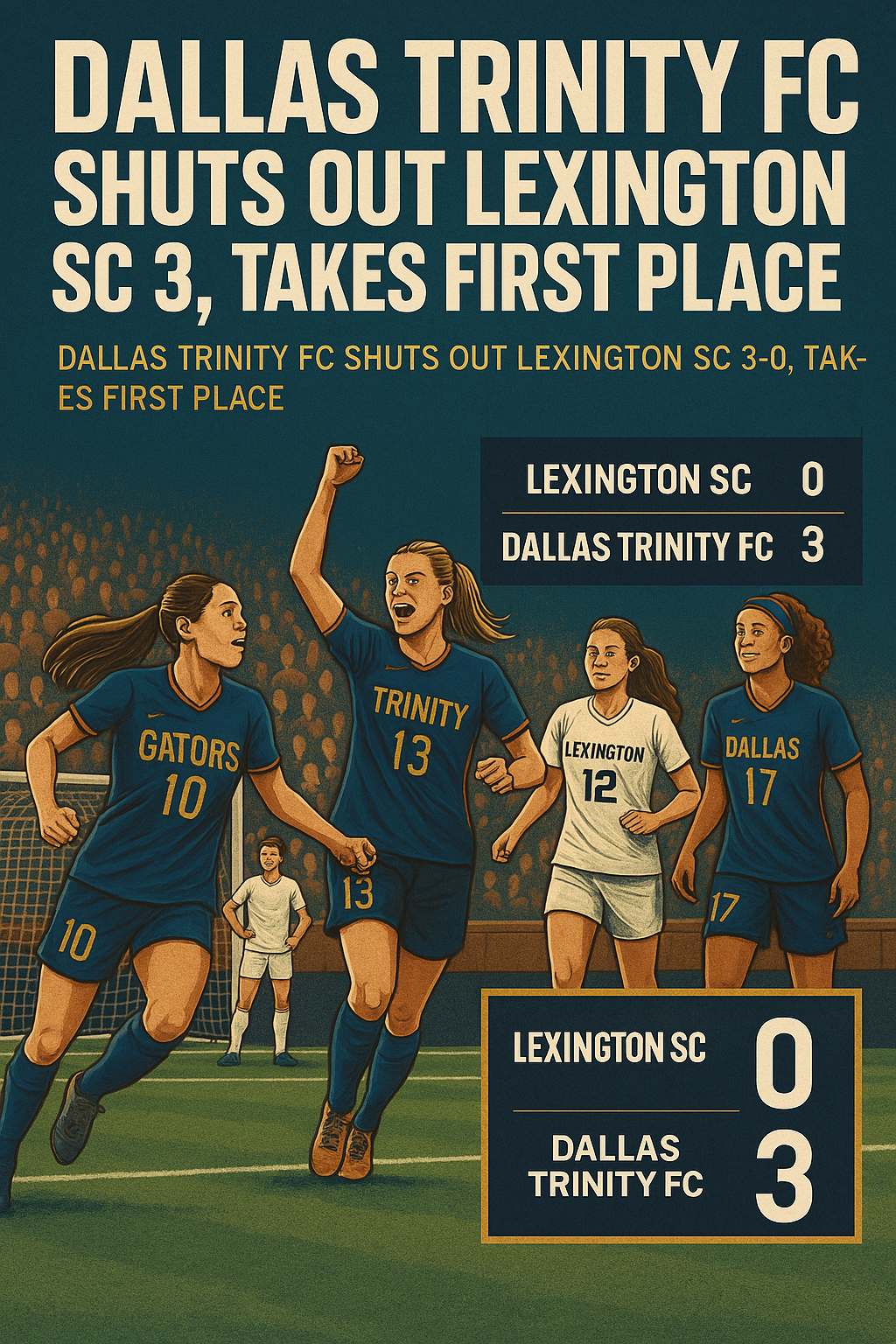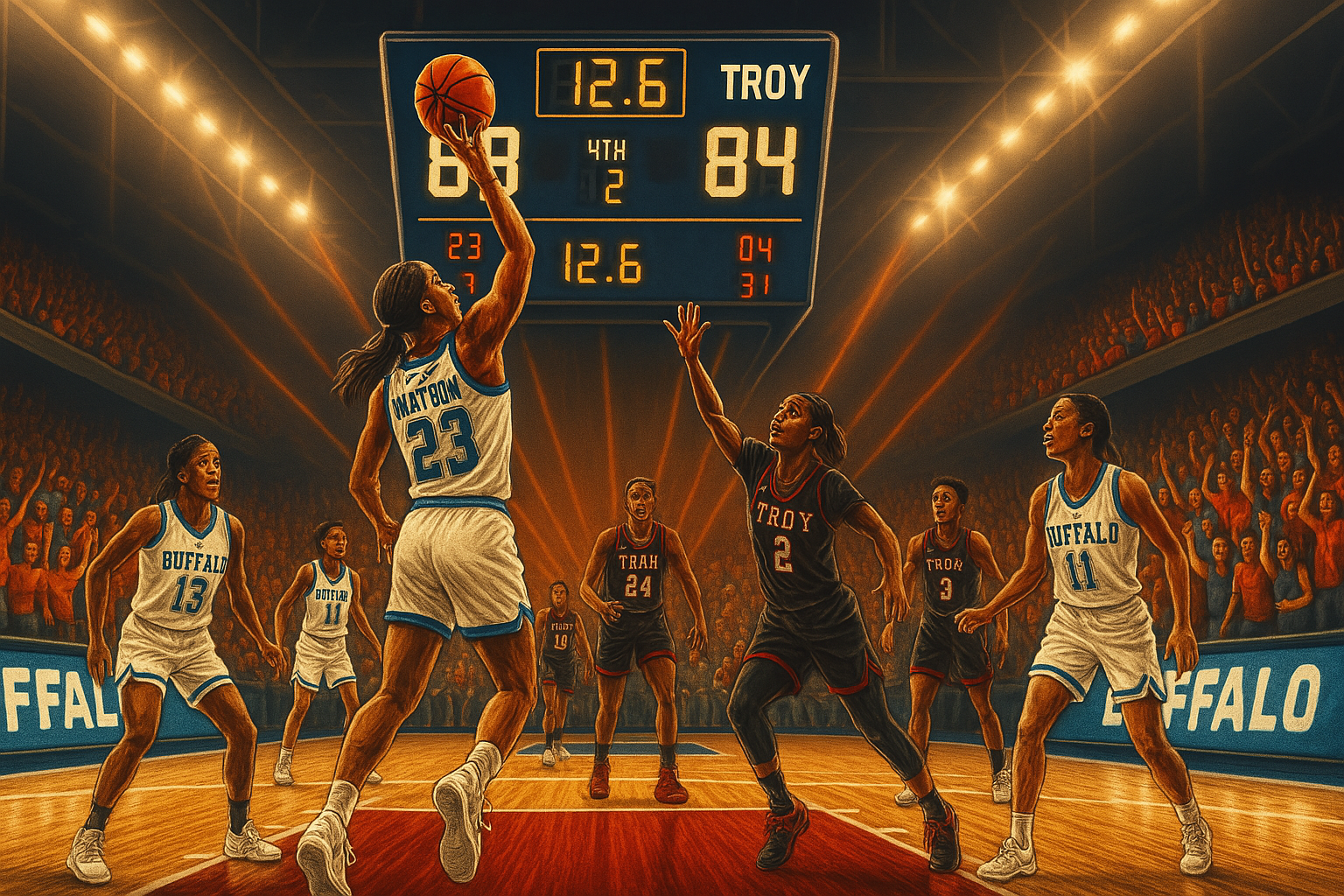College Football Players Using NCAA Redshirt Rule to Leave Programs Mid-Season
In the fast-evolving landscape of college football, an increasing number of players are opting out of the season mid-way, taking advantage of the NCAA’s redshirt rule, which allows them to preserve a year of eligibility if they have not played more than four games. This rule, originally intended to protect players from losing eligibility due to injuries or development needs, has become a loophole for players facing reduced playing time, unfulfilled NIL deals, or dissatisfaction within their programs.
NCAA’s Redshirt Rule: A Loophole in Player Movement
The NCAA’s redshirt rule was introduced in 2018, allowing players to participate in up to four games while still retaining the ability to redshirt, preserving that year of eligibility. Initially designed to help players dealing with injuries or in need of development, this rule is now being used by players looking for better opportunities through the transfer portal.
For example, UCF recently saw five players, including wide receiver Xavier Townsend, opt to redshirt and transfer after playing just four games. Defensive end Kaven Call, right tackle Wes Dorsey, and safeties Bryon Threats and William Wells also followed suit, leaving the team mid-season. These players, like many others across the country, will now be eligible to join new teams for bowl practices and transfer elsewhere by next season.
This rule, while beneficial for some, has resulted in players walking out on their teammates and programs during critical points of the season, leaving gaps that can be hard to fill. The players often make these decisions based on advice from agents or street agents, who promise greener pastures but may not always have the player’s long-term interests in mind.
The Influence of NIL Deals Gone Wrong
The rise of Name, Image, and Likeness (NIL) deals has also contributed to the trend of players redshirting and transferring. Players are lured by the promise of lucrative NIL deals, but when those promises aren’t fulfilled, they feel justified in leaving their current program.
One highly publicized example involves former UNLV quarterback Matthew Sluka, who left the program after three games, citing a failed NIL deal. Sluka was reportedly promised $100,000 by UNLV’s NIL collective, but after receiving only $3,000, he decided to sit out the rest of the season, preserve his eligibility, and reenter the transfer portal. This case highlights how NIL agreements, while promising financial freedom for athletes, can also lead to instability within college football programs.
Walking Out on Teammates and Programs
For many college football coaches and teammates, watching players leave mid-season can feel like a betrayal. Players who opt out and transfer mid-season often leave holes in the roster that are difficult to replace. This not only affects team chemistry but also disrupts game plans and season strategies.
The UCF example is not unique. Programs across the country are dealing with similar issues. Players like Sluka and USC’s defensive lineman Bear Alexander have shown that even high-profile players are not immune to the trend of leaving when the situation isn’t ideal. Alexander, after playing only three games for USC, chose to redshirt and transfer due to dissatisfaction with his playing time. His decision, like many others, was influenced by external factors like NIL promises and playing opportunities.
Are Players Getting Bad Advice?
Many of these players are being advised by agents or street agents who push them to leave their current programs without fully considering the long-term consequences. These agents often prioritize short-term gains, encouraging players to transfer in search of better NIL deals or more playing time. However, this advice may not always be in the player’s best interest.
Coaches have raised concerns that some players are not being encouraged to persevere and work through their struggles, but are instead being told to leave at the first sign of difficulty. This behavior raises red flags for future coaches and NFL scouts. A player who has walked away from one program may be seen as a risk for repeating the behavior when faced with challenges again.
Long-Term Ramifications for Players
While players may gain immediate benefits from preserving their eligibility and seeking better opportunities, there are long-term consequences to consider. College coaches are becoming more cautious about taking on players who have left their previous teams mid-season, fearing that these players might not stick around if things don’t go their way. This could limit the player’s opportunities to land with successful programs in the future.
NFL teams are also likely to scrutinize players who walk out on their college teams. Scouts and coaches may question the player’s commitment and ability to handle adversity, which could affect their draft stock. If a player is willing to leave a program in college due to NIL disputes or playing time, NFL teams may fear that the player could do the same when facing contract disputes or tough competition at the professional level.
Additionally, transferring mid-season can have a negative impact on a player’s academics. Switching schools mid-year can disrupt academic progress, putting players at risk of falling behind or failing to meet graduation requirements. For those who don’t make it to the NFL, failing to graduate could severely limit their post-football career options.
The Need for Stricter Regulation
As more college football players use the redshirt rule to leave programs mid-season, it becomes clear that the NCAA may need to consider stronger regulations. While the rule was created to benefit injured or developing players, it is now being exploited for reasons far removed from its original intent. Without proper oversight, this trend will likely continue, affecting not only the teams but the players’ long-term prospects as well.
In response to these issues, the NCAA has taken some steps, such as shortening the transfer portal window. However, more comprehensive regulations may be needed to prevent players from making rash decisions that could negatively impact their careers.









